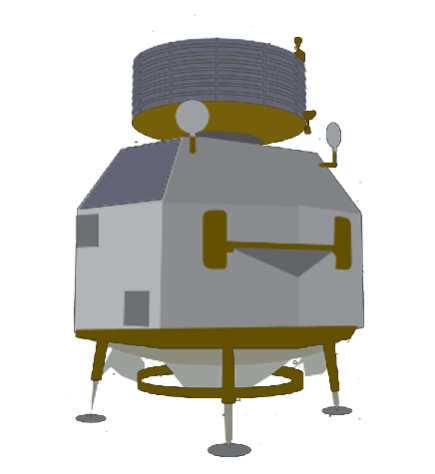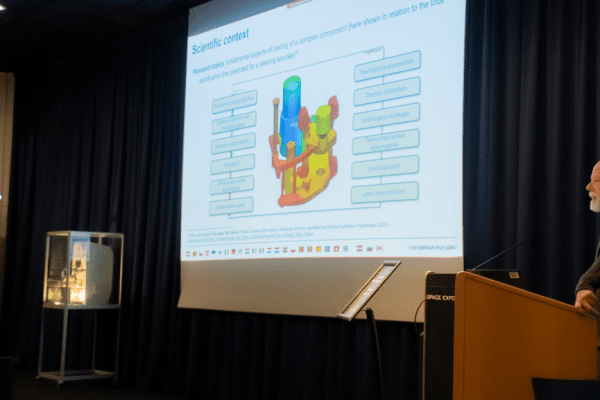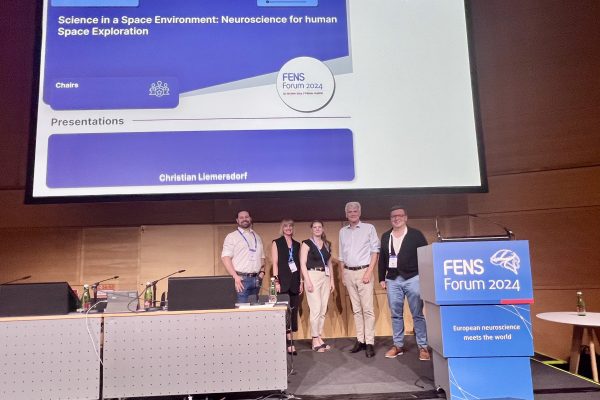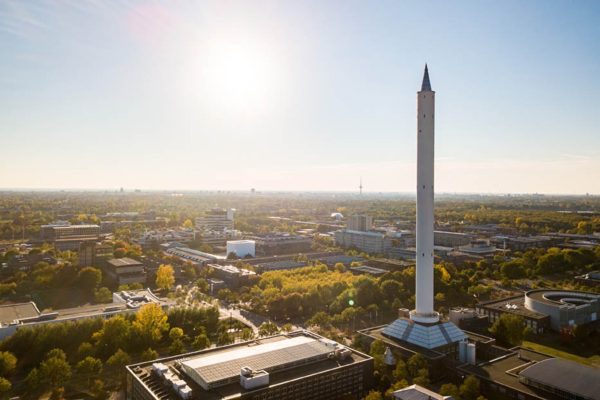Accessing the Moon
ESA access to the Moon for science within this decade will be achieved through partnership with other agencies and potentially through commercial deliveries.
ESA access to the Moon for science within this decade will be achieved through partnership with other agencies and potentially through the procurement of flights from commercial actors. ESA is already partnering in missions with NASA, the Chinese National Space Administration (CNSA), and the Japanese Aerospace Exploration Agency (JAXA up to 2026. In the decade to follow, access to the Moon is envisaged through a combination of international partnerships and delivery in ESA’s Argonaut lander. For the first Argonaut missions ESA payloads are considered as secondary passengers, alongside primary payloads delivered as cargo for NASA led Artemis human missions.
The focus for new missions with ESA scientific content until the middle of the next decade will be:
- Contributions to and participation in Artemis crewed missions
- ESA-led payloads as secondary passengers on the early Argonaut logistic missions, potentially involving national or international partners in supply of individual payloads
- Providing small payload contributions to partner-led or commercial missions where an assessment of benefits, costs and risks demonstrates that such opportunities deliver sufficient value to ESA
For more information on the Argonaut lander see here.

Current research opportunities
Call for Interest to become a Member of the LuSEE-Night science team, through a partnership between ESA, NASA, and the US Department of Energy
Deadline: May 16, 2025
Call for Lunar Gateway and Moon Surface Facility Definition Teams (FDTs) Membership
Deadline: October 8, 2023
Join our SciSpacE Facility Definition Teams (FDTs) to support the definition of exploration activities for the Lunar Gateway and the Moon surface.



